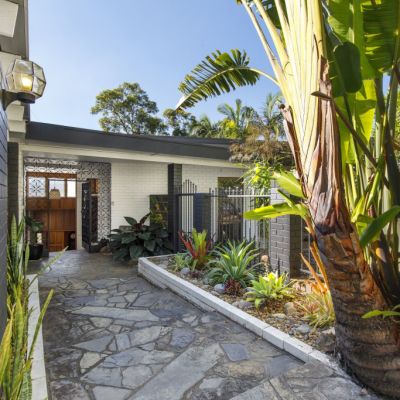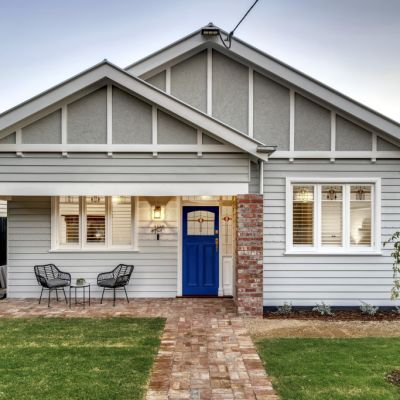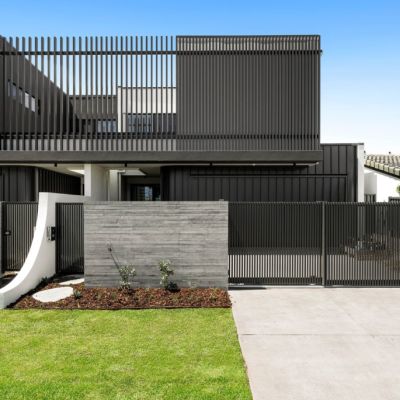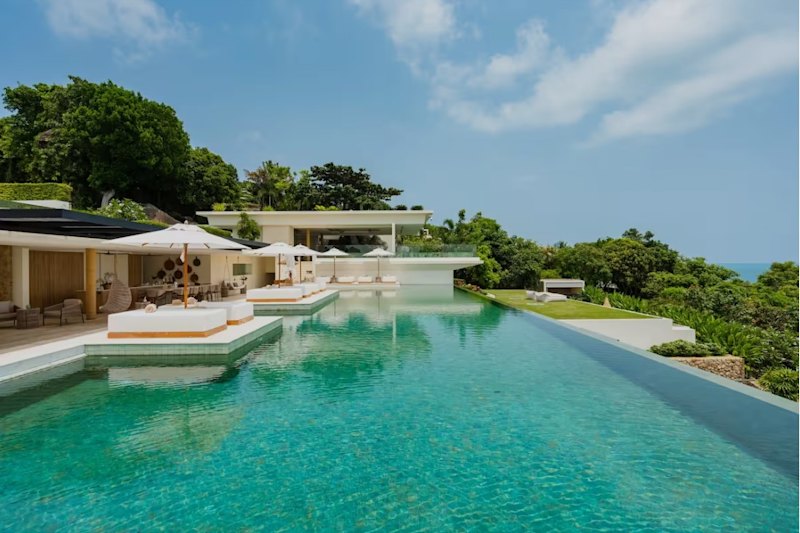Property Trends: Unit rents are rising faster than house rents across Australia
Rents for apartments are now rising faster than those for houses in nearly every capital city in Australia, which is driving investors to move to units to splash their cash.
Although house rents are still increasing, it means the gap between the two sets of rents is now narrowing to historically low levels, which makes apartments – particularly because they tend to be more affordable – even more attractive.
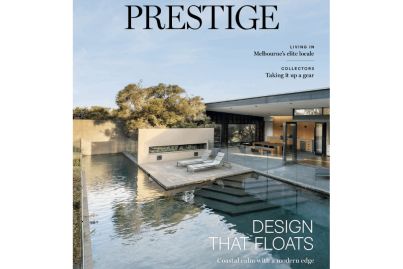

“It also underscores a shift in lifestyle preferences towards units in desirable locations with good infrastructure,” said Mike Mortlock, the director of MCG Quantity Surveyors. The company has just released a new report, Rising Tide of Unit Rents Closes Gap with Houses in Major Capitals.
“That demand for units, coupled with the lack of supply, is pushing up unit rents faster than house rents and suggests a potentially higher yield for units in the short to medium term.”

His findings are backed up by the latest Domain Rental Report, which found that in all capital cities, bar Adelaide, unit rents rose by more over the March quarter of 2024 than those for houses.
In Sydney, unit rents rose by 2.9 per cent as against 2.7 per cent for house rents. In Melbourne, they rose 5.8 per cent against 3.6 per cent; in Brisbane, 5.4 per cent versus 3.3 per cent and in the ACT, 1.8 per cent on 0.7 per cent.
This fresh research is encouraging apartment developers. Jim Hunter, director of Capital Corporation, is currently working on The Residences at Wahroonga Estate, a master-planned Sydney complex that will eventually have 400 apartments. The first stage of 62 apartments hasn’t even launched yet, but 20 deposits have already been taken.
“It’s remarkable how strong the market is at the moment,” he said. “We’re finding that well-located quality projects – and this one is within a good health infrastructure – are finding a good depth of demand. Rents have now gone very high as there’s not enough supply, and that’s encouraging investors.”
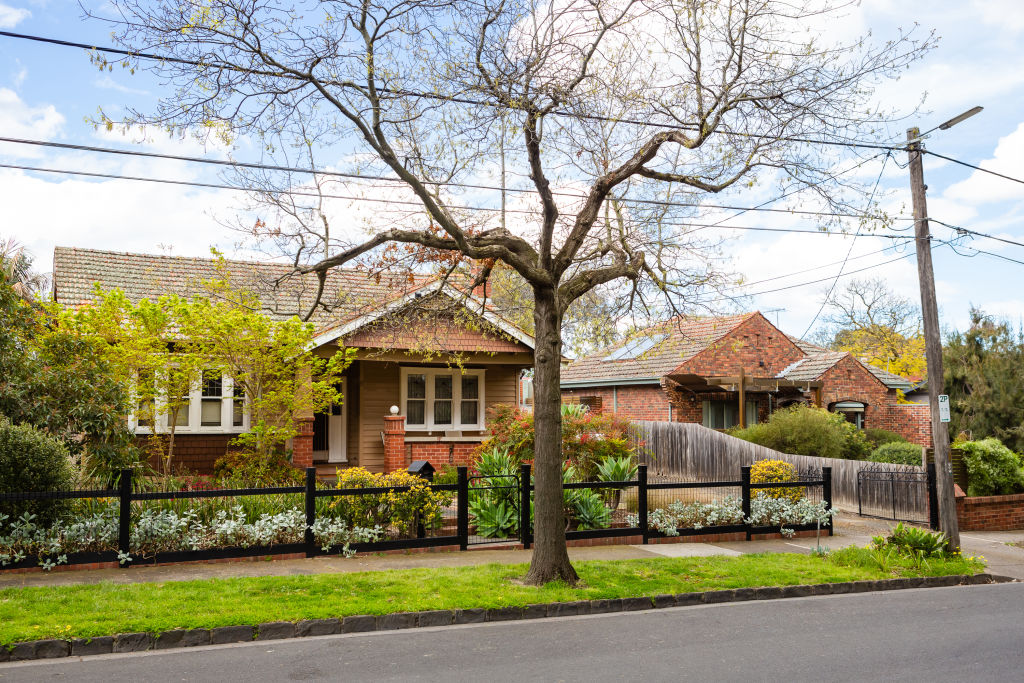
It’s a similar story in Melbourne, where R.Corp sales and marketing director Paul Lowe, with R.Iconic, the new 30-level building of 451 apartments and five townhouses in South Melbourne, says he’s definitely noticing a lot more optimism around the apartment market.
“It always comes back to the supply and demand equation and there is a real shortage of rental properties,” he said. “So, we’ve seen a big lift in rents, often around 25-30 per cent over the year.
“I think if you build where people want to live, as part of a strong community and with an attractive surrounding area, then people will opt for apartments for the lifestyle and if there’s plenty of amenity supplied, like a gym, then residents will have more money to spend on rent.”
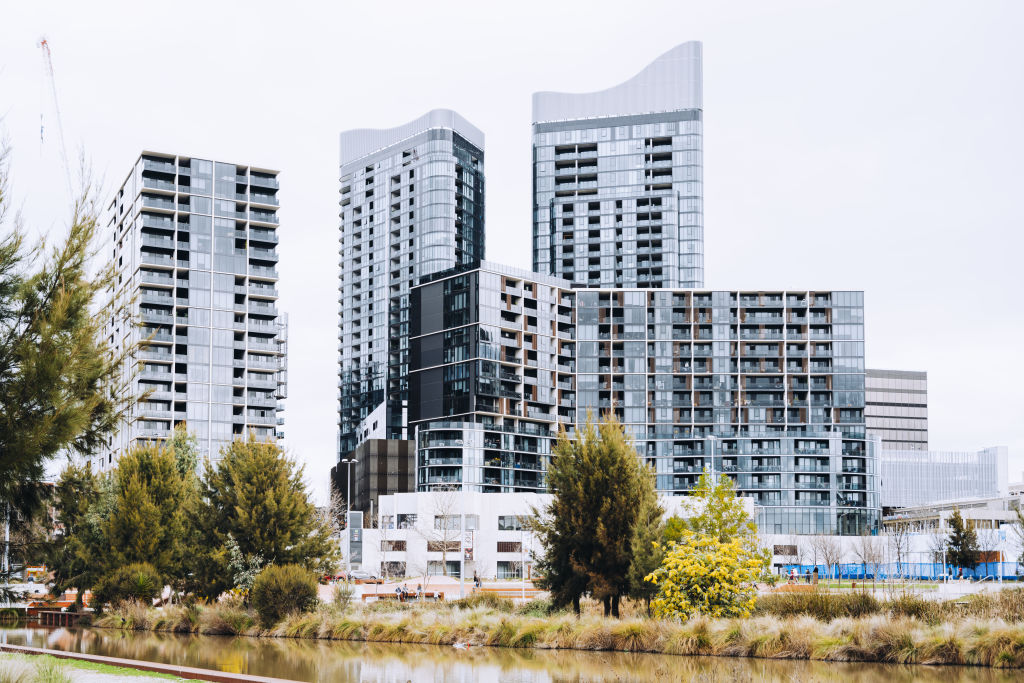
Agents around the country are also seeing strong interest, particularly from investors, in apartments. In Melbourne, Bentleigh East-North had one of the highest unit rental increases at 36 per cent over the past year, whereas houses rose by just 10 per cent.
Jay Bear of McGrath Estate Agents in South Yarra said, “Investors are coming back into the market, especially at entry-level prices. A two-bedroom unit is comparably cheap and there’s a good yield on it.
“That major rent rise is encouraging investors who might previously have stayed away from units, but now we’re not seeing many come to buy houses.”
Beaumaris, further south, saw the gap between unit and house rents change by the second biggest amount, with unit rents up 27 per cent as against 4 per cent for houses. “But we’re not seeing many investors coming out for units at the moment,” said Spiro Vasiliadis of Jellis Craig Brighton.
“It’s probably the case that they haven’t caught up with the data yet. I think they’ll start coming back over the next 12 months.”
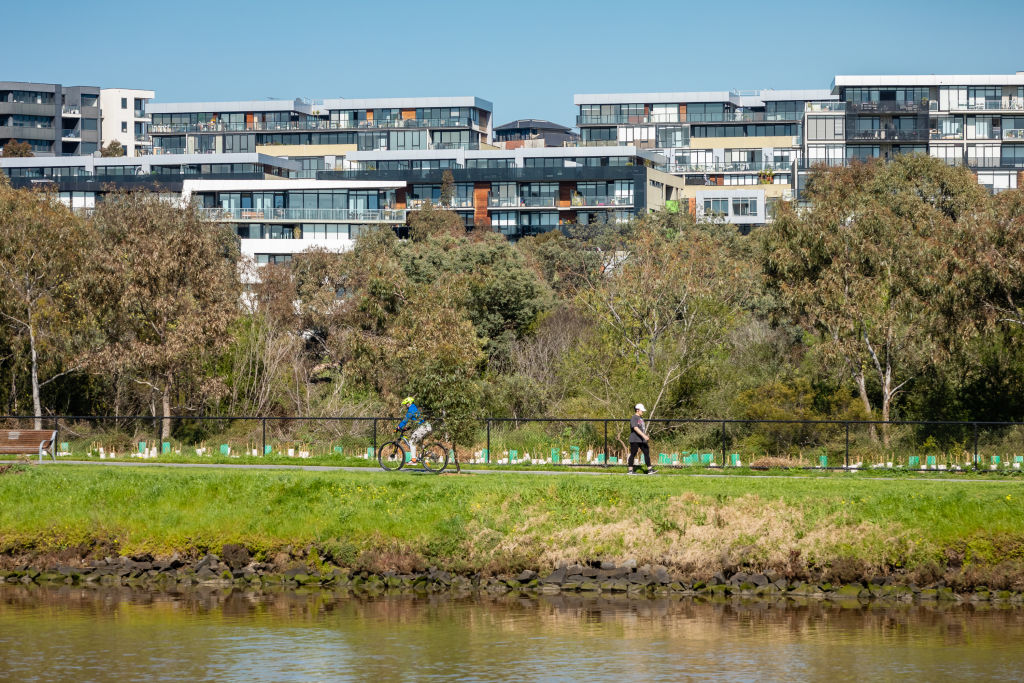
In Sydney, the gap has changed the most in Turramurra on the upper north shore, with unit rents rising 23 per cent compared to house rents not changing at all over the past year. “I think it’s again about demand and supply, and more people can afford to rent a unit than a house, so rents have risen more for them as a result,” said Ray Talati of DiJones Turramurra.
“I actually just sold a one-bedroom unit in the area for a record $775,000 to an investor, which is tenanted at $650 a week.”
Rockdale-Banksia in southern Sydney saw the gap change by the second most amount, with unit rents jumping 30 per cent and houses 7 per cent.
“There aren’t so many units in Banksia, but in Rockdale, there’s a good transport system, more supply, and proximity to everything, which makes units popular,” said David Travers of Raine & Horne Bexley. “We’re seeing a lot of people being pushed away from villas and townhouses because of cost, so they’re opting for a good-sized unit instead.”
In Brisbane, Scarborough-Newport and St Lucia have seen the gap narrow the most, but there is not enough reliable data for the ACT to judge which suburbs are seeing units come out on top the most.
We recommend
States
Capital Cities
Capital Cities - Rentals
Popular Areas
Allhomes
More
